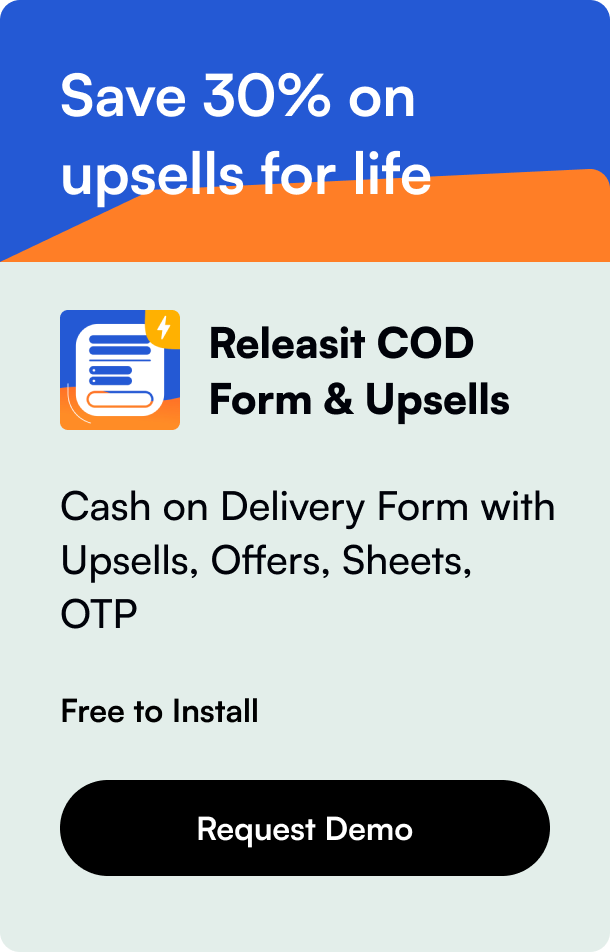Table of Contents
- Introduction
- The Shopify Ecosystem: An Overview
- Starting Without Capital: Is It Feasible?
- Conclusion: The Path to E-commerce Empowerment
- FAQ
Introduction
Starting an entrepreneurial journey often brings to the fore the classic chicken-and-egg problem: you need money to make money. However, the digital age presents unprecedented opportunities for aspiring entrepreneurs to break this cycle, particularly in the realm of e-commerce. Shopify, a leading e-commerce platform, emerges as a beacon of hope for individuals wondering, "Can you start Shopify with no money?" This blog post aims to demystify this query, offering insights and actionable strategies for launching a Shopify store with minimal financial investment.
The landscape of online business has been revolutionized by platforms like Shopify, allowing individuals to create their own online stores with ease. But what sets Shopify apart, and more importantly, can it truly provide a launching pad for your business ambitions without initial capital? Let's delve into the mechanics of starting a Shopify store, understanding the platform's capabilities, and exploring success stories that began with little more than a vision and determination.
The Shopify Ecosystem: An Overview
Shopify stands out in the crowded e-commerce space for several reasons. It offers user-friendly tools that remove the intimidation factor from online store setup and management. Entrepreneurs can choose from a variety of templates and apps to customize their store without the need for advanced technical knowledge. This democratization of e-commerce is particularly appealing for beginners.
The platform also boasts a comprehensive set of tools covering everything from store design to marketing and analytics. With a variety of plans, including an initial free trial period, Shopify enables budding entrepreneurs to dip their toes into the world of e-commerce without a significant upfront financial commitment.
Starting Without Capital: Is It Feasible?
The question at the heart of this discussion is whether one can embark on a Shopify adventure without financial backing. The short answer is yes, but with a caveat. The initial 14-day free trial offered by Shopify allows anyone to build and test their online store. During this period, aspirants can explore Shopify's functionalities, set up their store, and even begin marketing efforts. However, to go live and start selling, choosing a plan is inevitable.
Yet, the essence of starting with "no money" lies in leveraging this trial period effectively and employing strategies that minimize initial expenses. Let’s explore how.
1. Dropshipping: A Gateway to Low-Cost Retail
One of the most popular methods for setting up a Shopify store without significant inventory investment is dropshipping. This model eliminates the need for buying and storing stock, as products are shipped directly from the supplier to the customer. Shopify's vast app marketplace includes several dropshipping plugins that integrate seamlessly with your store, allowing you to offer a wide range of products without upfront costs.
2. Harnessing Digital Products and Services
Another avenue for entrepreneurs without physical products is the sale of digital goods or services. Whether it’s eBooks, photo presets, courses, or consulting services, selling digital products removes the constraints of inventory management and shipping logistics. Shopify accommodates these ventures splendidly, providing tools for digital product delivery and service booking.
3. Capitalizing on Pre-Sale and Crowdfunding
Pre-sales and crowdfunding campaigns within your Shopify store can generate revenue before finalizing your product. This approach not only validates your idea among your target audience but also provides the capital needed for product development and scaling. Integrations available on Shopify make managing these campaigns straightforward.
4. Marketing on a Shoestring Budget
Effective use of social media, content marketing, and SEO can attract visitors to your store without hefty advertising budgets. Shopify’s SEO features and blog functionality support content marketing efforts. Additionally, utilizing free social media platforms for promotion and engaging with your community can drive traffic and build brand loyalty.
Conclusion: The Path to E-commerce Empowerment
Starting a Shopify store with no money is not only possible but has been the launchpad for numerous success stories. The key lies in understanding the platform's features, choosing a business model that minimizes initial costs, and employing creative marketing strategies. As we've explored, solutions like dropshipping, digital products, pre-sales, and effective use of free marketing channels can set the foundation for a thriving online business.
As you embark on this journey, remember that the initial lack of capital is not a barrier but a challenge to innovate. Shopify provides the tools; it’s up to you to carve out your own path to success.
FAQ
Can I keep my Shopify store free forever?
To continue selling on Shopify post-trial, choosing a paid plan is necessary. However, the trial period allows for store setup and planning without initial cost.
Is dropshipping profitable on Shopify?
Dropshipping can be profitable with the right product selection, reliable suppliers, and effective marketing. It eliminates many traditional retail overhead costs.
How much does it cost to maintain a Shopify store?
After the free trial, Shopify plans start at $29 per month. Additional costs may include apps, themes, or transaction fees depending on your chosen plan.
Can I sell services instead of products on Shopify?
Yes, Shopify supports the sale of services and digital products, offering tools for bookings and digital product delivery.
What are the best marketing strategies for a new Shopify store?
Leveraging social media, creating valuable content for your audience, optimizing for search engines, and engaging with your community are effective and low-cost strategies.
Starting on Shopify with minimal financial resources is a testament to the platform's accessibility and versatility. It's a journey of creativity, resilience, and continuous learning. Embrace the challenge, and you may find yourself writing the next great Shopify success story.








